Japanese interfaces in the real world
Hello! I want to tell you about how the Japanese vision of different interfaces in real life differs from ours. As always, these little things can say a lot about the cultural environment.
For example, you walk around a skyscraper in the city center. And then you raise your head and realize that a restaurant from the ground floor of a skyscraper is growing herbs for itself in a small park nearby:

')
But the thermometer. They are often round, and there is a color indication.
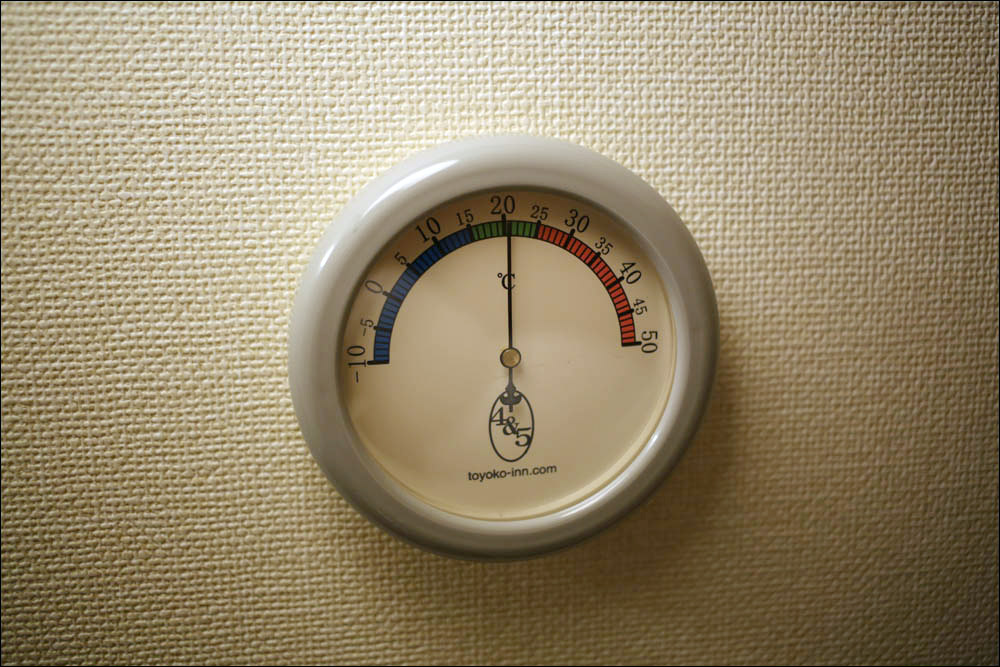
Please note that in this hotel the setting is 20 degrees, and this creates most of the time a comfortable position of the arrow for the perfectionist.
Or a mad care for the blind at the station. Why just braille? You can also make more volumetric scheme to feel. And add buttons with voice references:

Now two elevator improvements. The first is simple and clear - anti-static panel. First touch it, then touch the button. So there will be no spark. Since 2006, I have the habit of pushing these buttons through a sleeve, because it was then that I got used to the fact that in our server room I was always beaten with electricity from the racks.
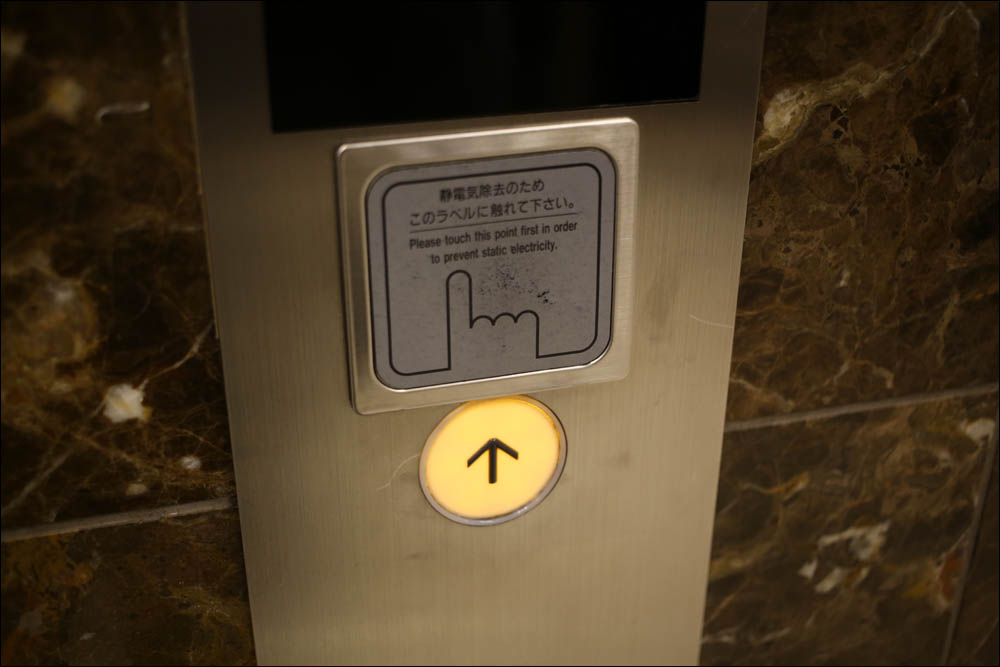
But much more interesting is this:
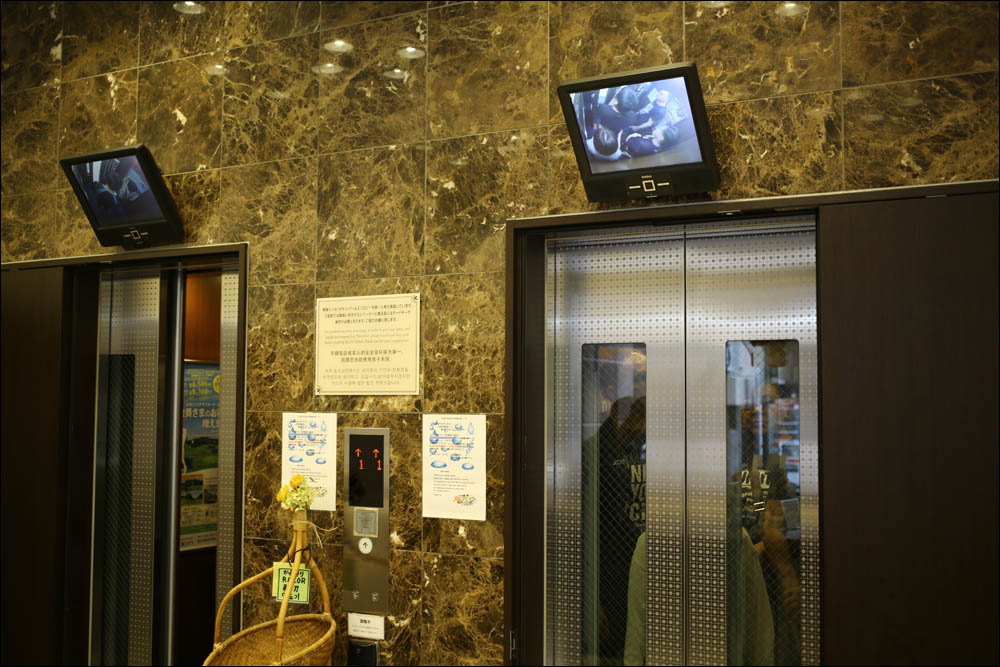
Broadcast from the camera in the elevator. It is necessary so that you do not miss each other when you are looking for him, and so that you know what is going on in the elevator. If a lady with a stroller comes a long time - you understand what is happening, for example. It looks like a terrible violation of privacy, but damn convenient.
A shop window, and samples of ordinary goods are taken out into the street:

See how insanely cool the sign is made in this place:
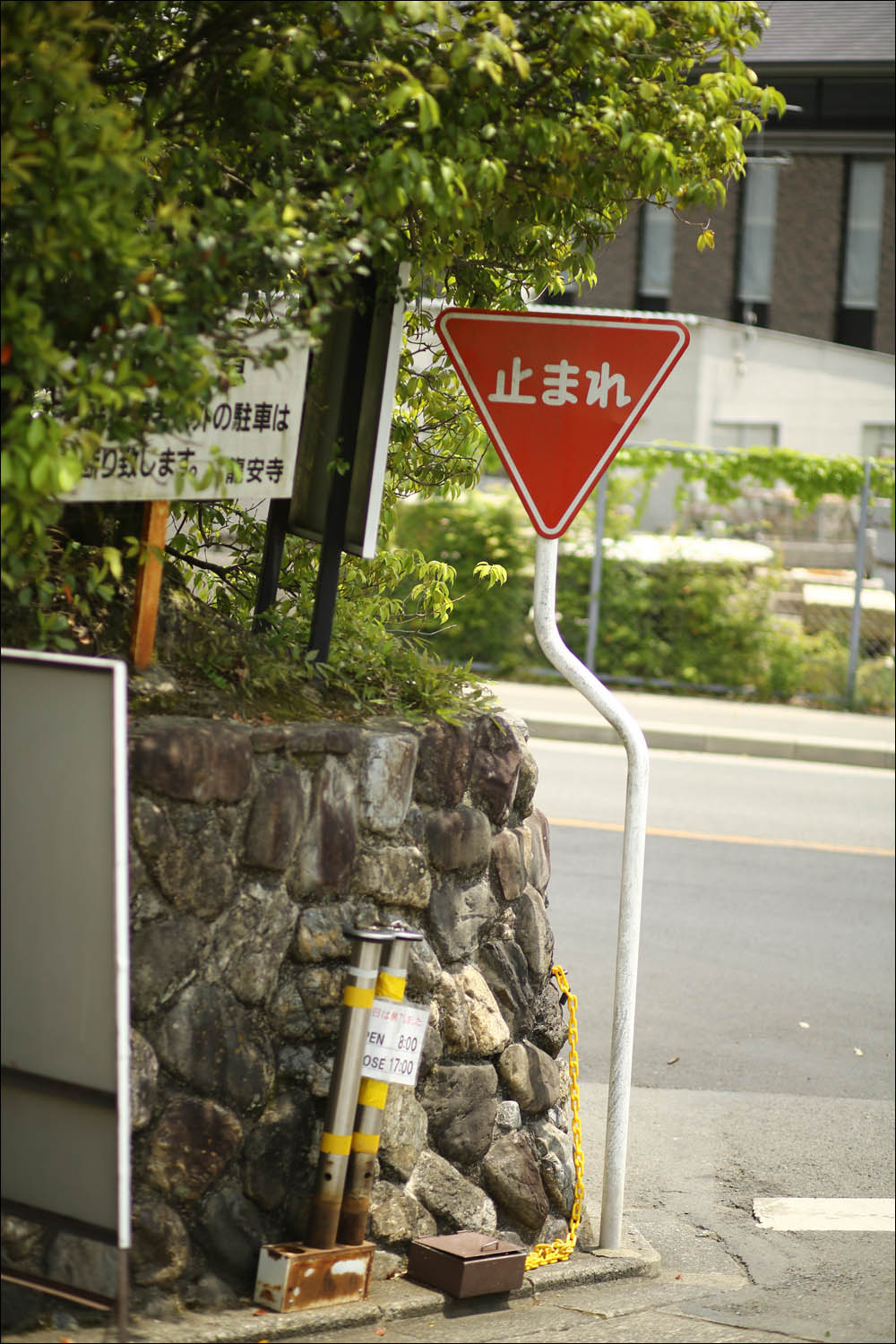
The toilets of the Japanese resemble the cabin of a space cruiser. In the train, everything is easier, all the default settings. But pay attention to the third button:
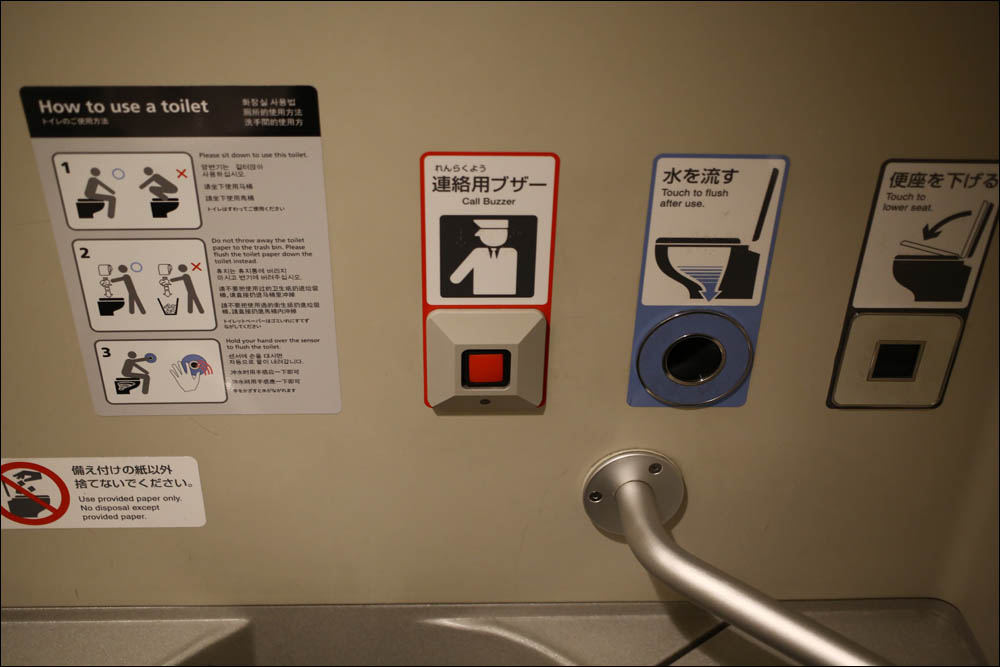
Here is this thing - reviews. Every interesting person who visited this cafe can write a review under his photo.

Here are more reviews, here without a photo, just people leave:

Here pay attention to the machine. This is a box office. In it, food is chosen, coins or bills are thrown, he gives a token. Already on a token, you can exchange the corresponding piece. That is, the kitchen only cooks, the cashier is not needed. This does not exclude live communication at the outlet, but excludes all the cashier’s liability and increases the reliability of the theft process (although they are unlikely to steal in Japan).

Garbage boxes are displayed not only with icons:
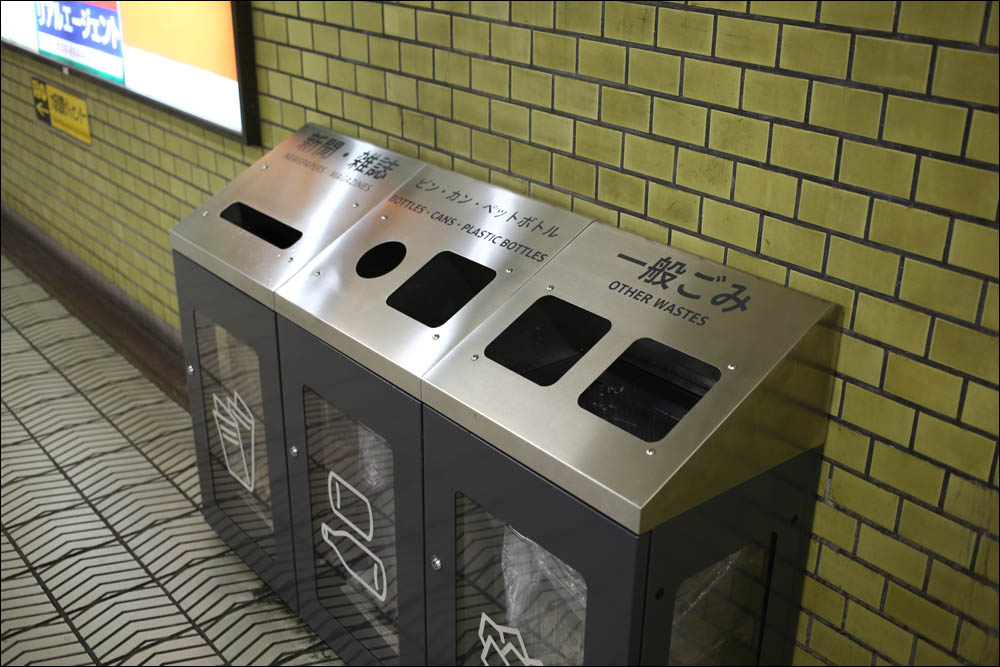
Checkbox for crossing the road with children at a traffic light. Stuck in the traffic light itself.
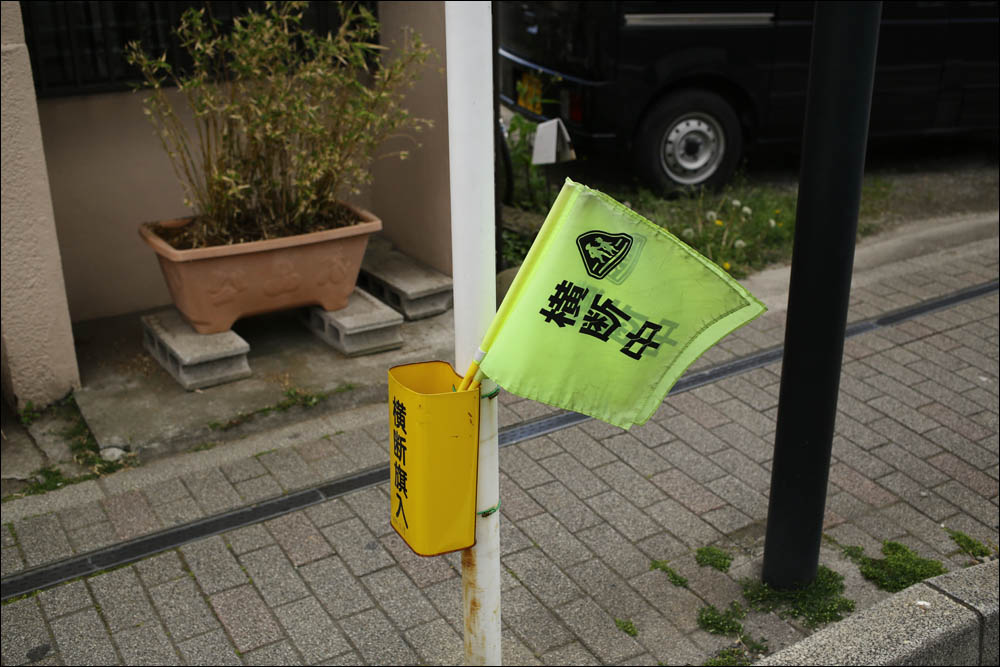
This thing is one of the attractions for urban vandals. So that you do not scratch “YOU PLUS PLUS AJ = LUBOFF”, put a huge mock ass out of paper, where you can write the same thing. And this is an art object. The same garbage can occur with locks , for example.


Packages with rounded or beveled corners so that nothing rolls in there:

In museums a lot of cool finds. Here you can listen to the sounds of the flight of various insects:

And here are the flowers of this plant. And this, damn it, is already a crazy art object in itself:

Chairs at the airport:

There is a very cool navigation traces:

The entrance with the exit can not be confused exactly:
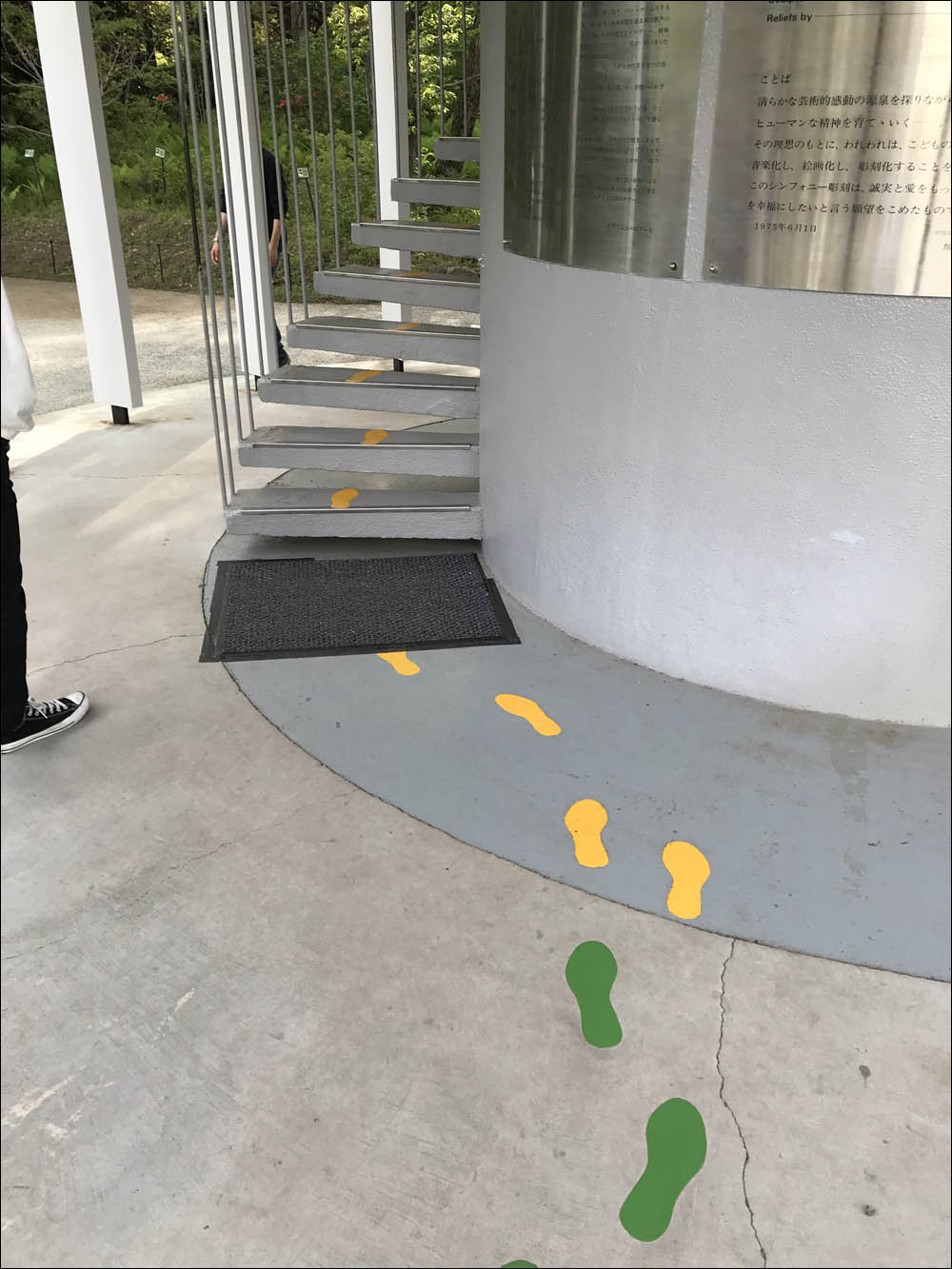
Next navigation, already distant. It is very convenient to walk around the city and know where important objects are from you:

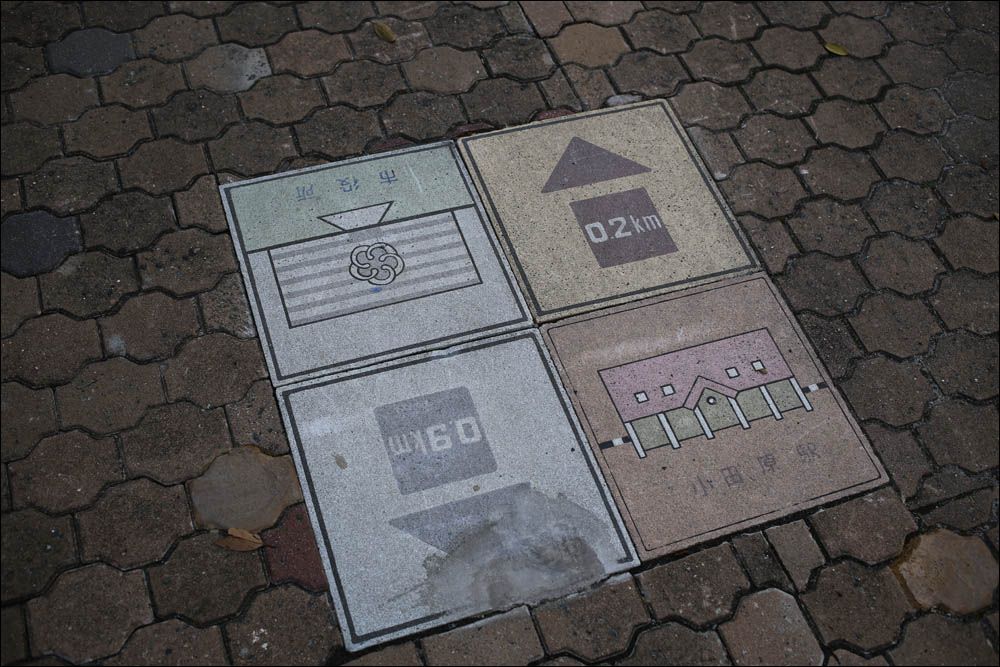
The city has a five-centimeter navigation dice, showing where the center. It was very convenient for me to look at them when leaving the subway, but I suspect that they have some other important meaning. If someone knows, please share.
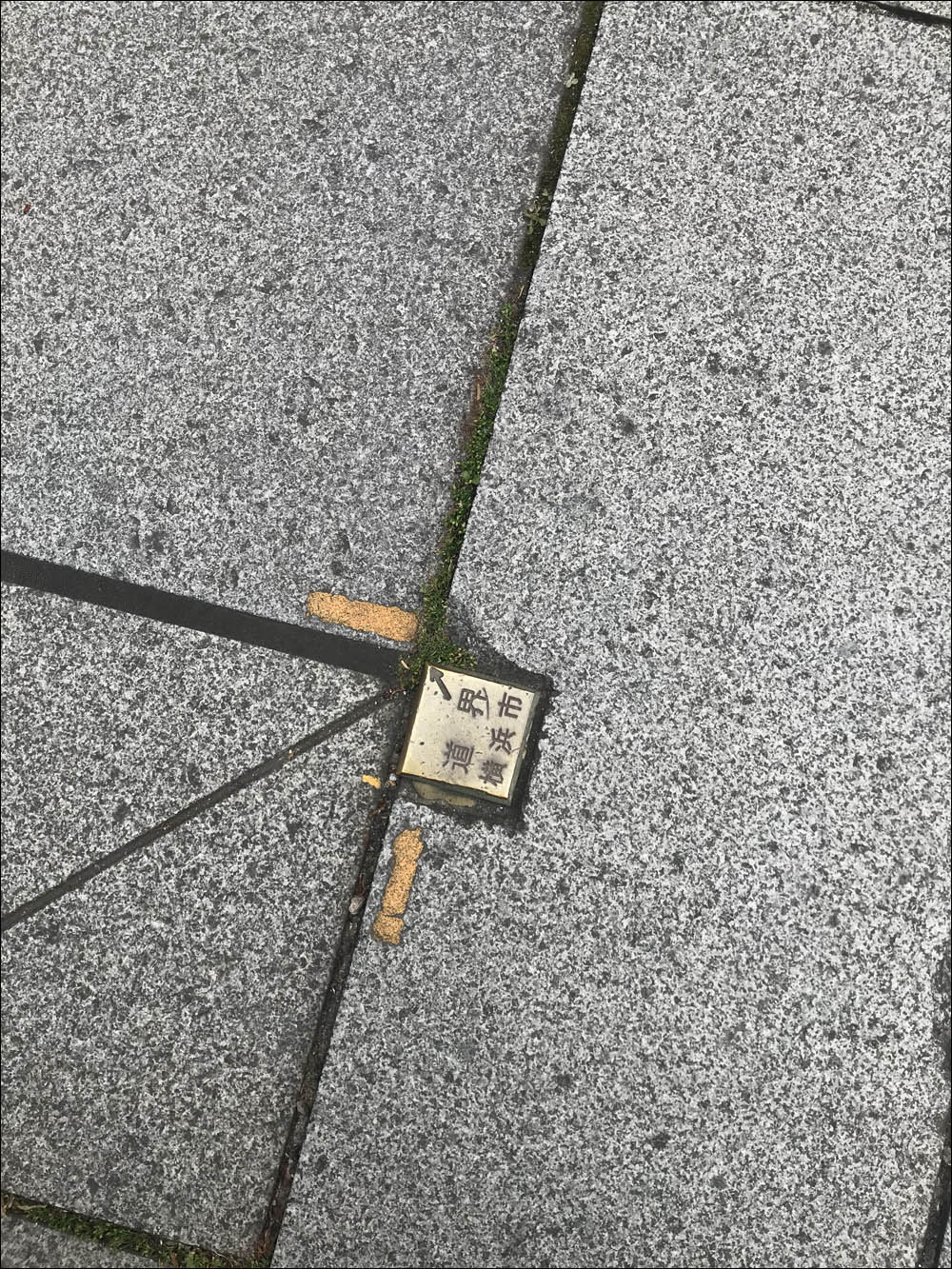
Although in some places navigation and outdoor advertising are surprising. This is the pillar of the store:
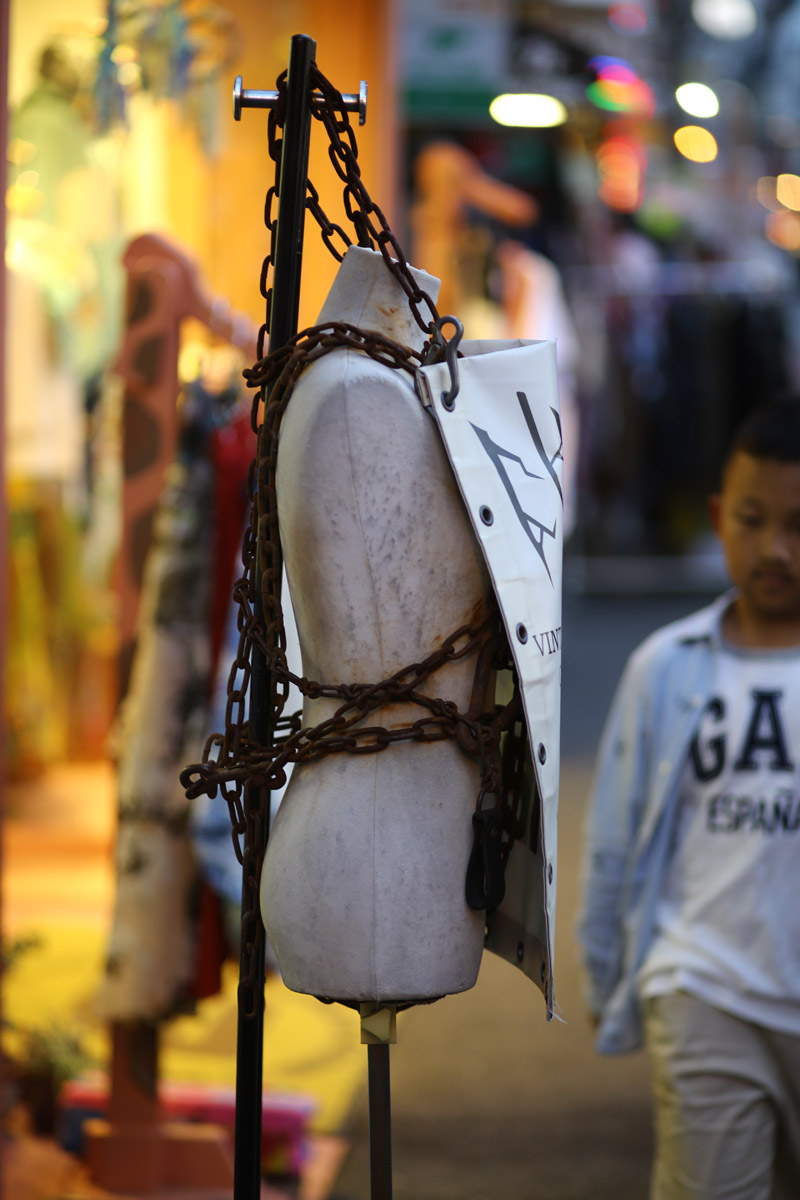
Incredibly cool work with curbs and pavement in general:
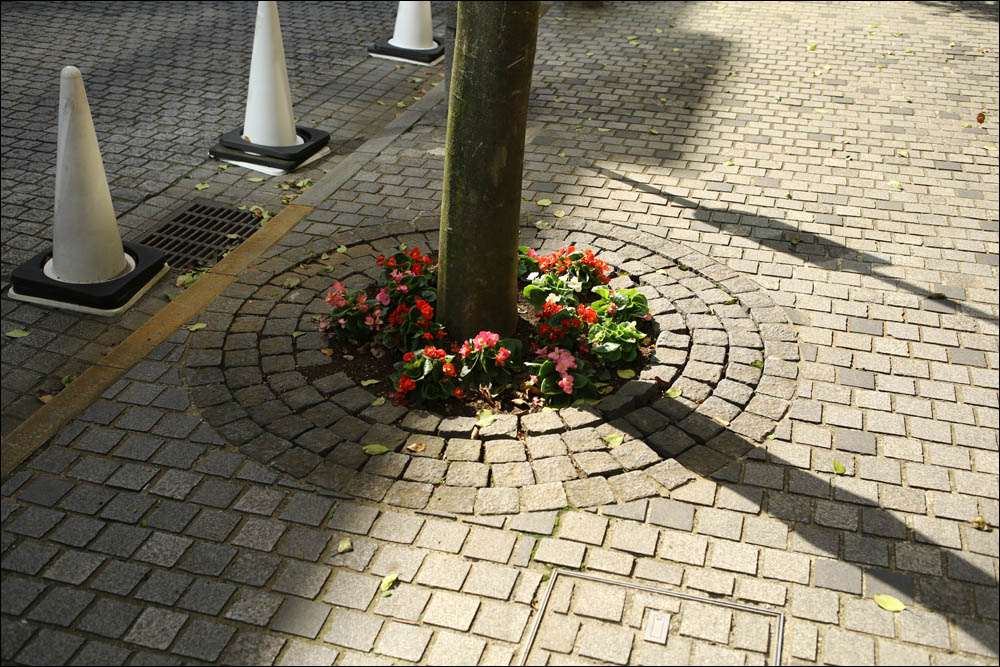

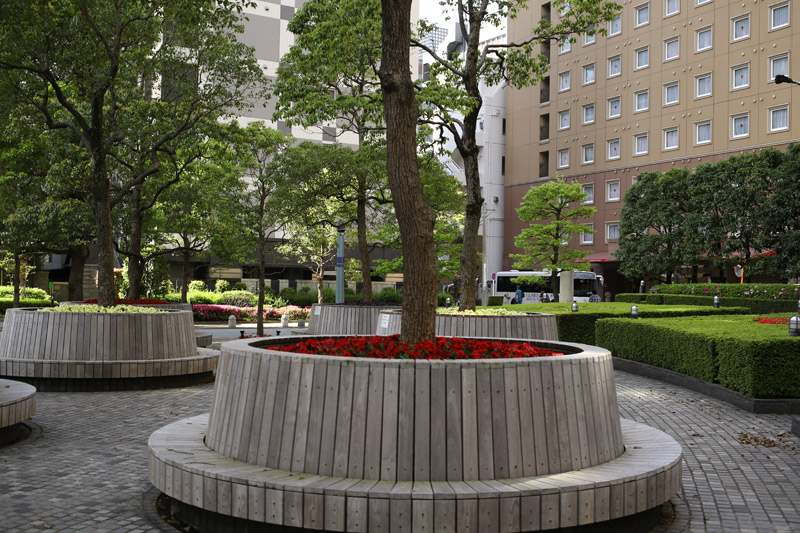
Leaves and fallen flowers are almost not removed here. More precisely, not removed from the pavement. And this is crazy cool.

In this toilet there is a place to swaddle the orange child, the green child and correct the makeup.
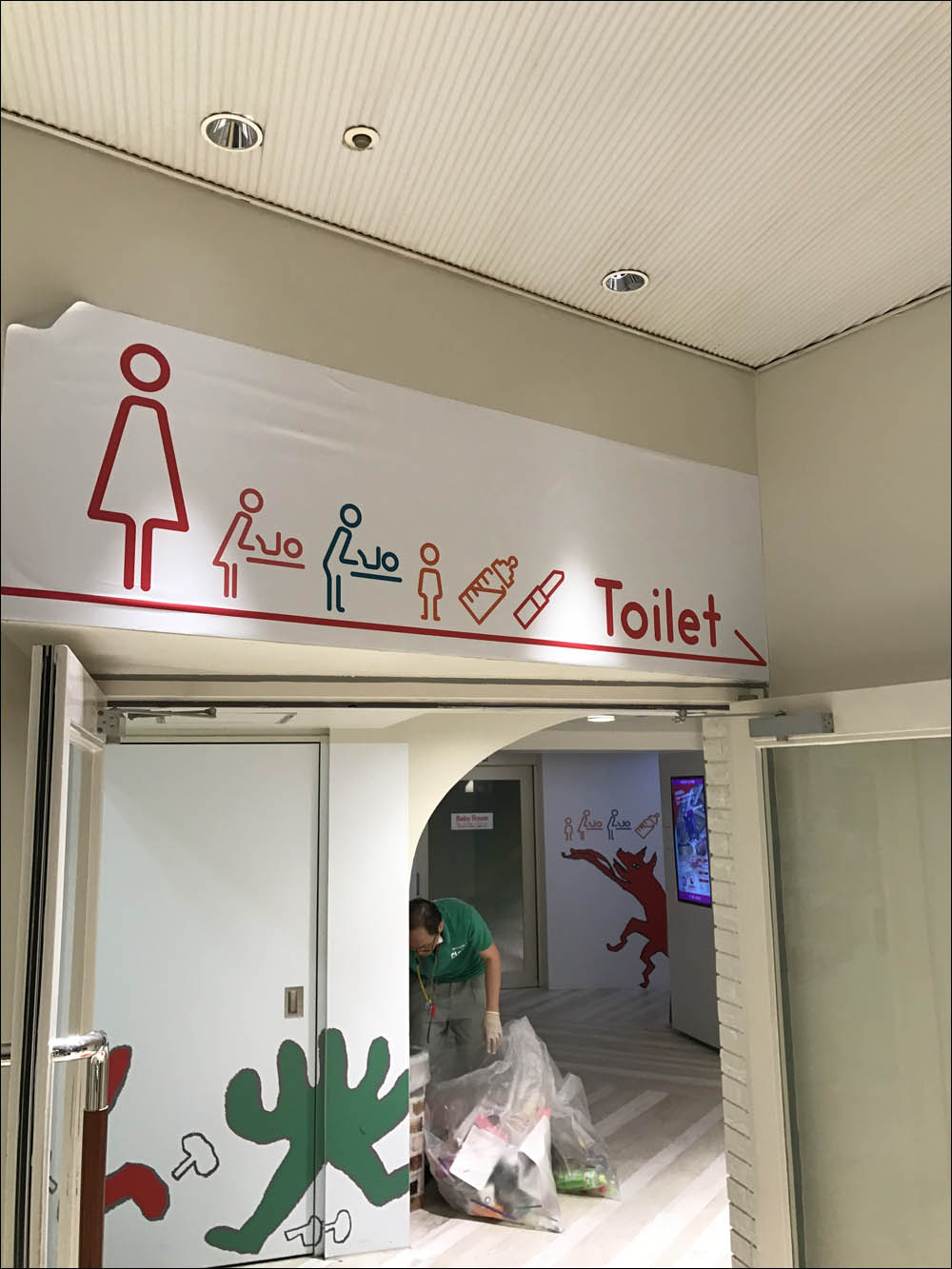
Panorama of Yokohama city with a screen with an explanation of what and where. Otherwise, how will you figure it out normally, if it's the first time there? Well, at the same time you can show how the city grew from a fishing village to this one.

But the bad interface. If you have allergies, and you do not know how to read Japanese, you Khan in Starbucks.

Everywhere a lot of schemes and sections of buildings. The same is done with the schemes of metro stations (they are multi-level), and everyone is accustomed to read it normally. Before us is not the biggest book.

Always explain the rules of the game. This is a book cafe, the toughest rules to find. Roughly, but definitely:

Time is calculated on the 26-hour scale as in our old TV programs. That is, if it refers to the evening of today, then it is 25:30, for example. And if in context it is more appropriate to say the next morning, then 1:30. Note the user explanation on the bus schedule from the hotel above and exact from 00:10 below.
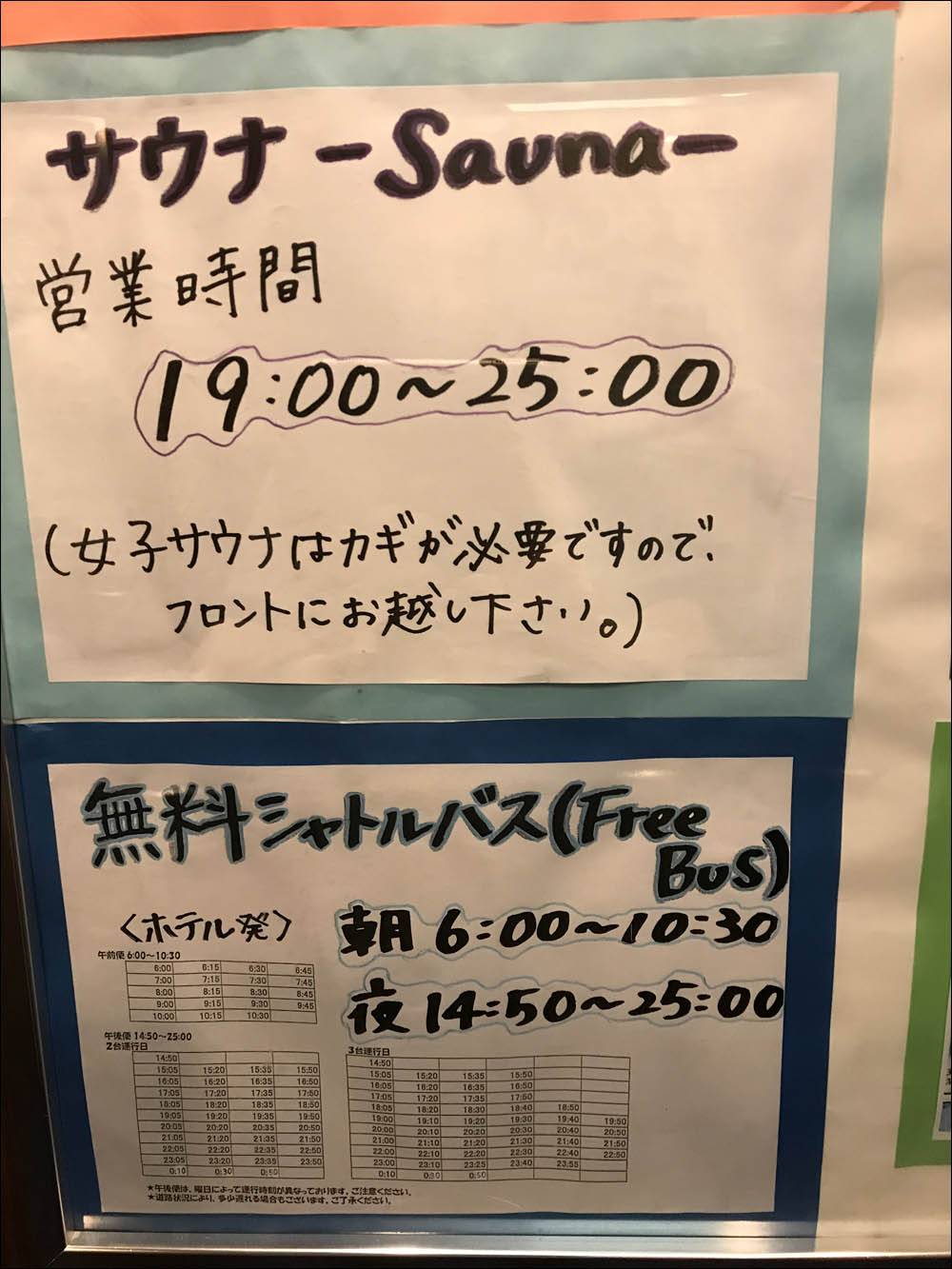
Near each carriage, arrows are drawn for the exit and the place where to start the queues for those who enter. The Japanese are built in line and waiting for the train. The train comes millimeter-to-millimeter, people get off, two lines on either side come in.
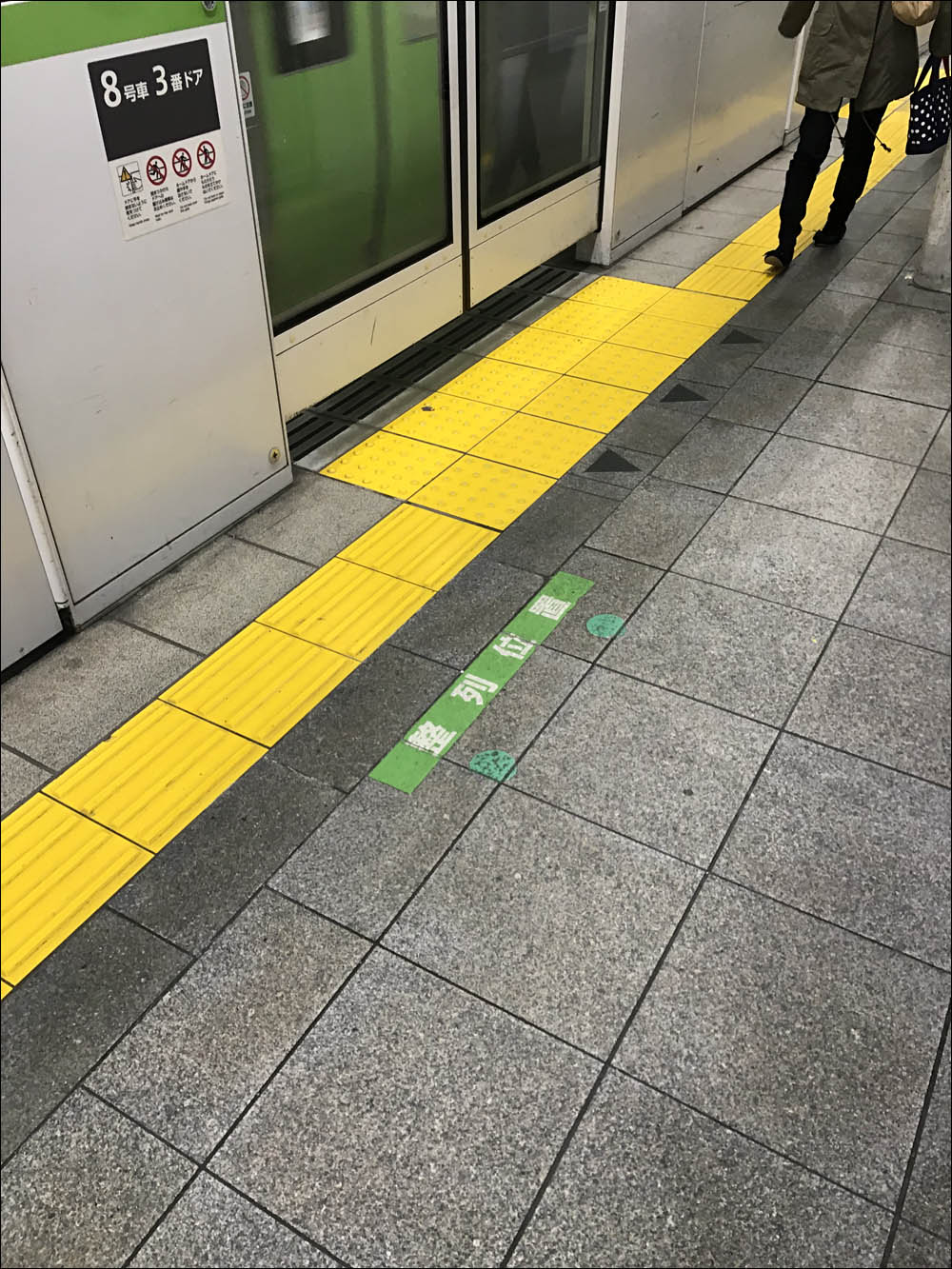
At the station, of course, there are designations of wagon numbers:

And in the train itself is very cool navigation for blocks of cars:
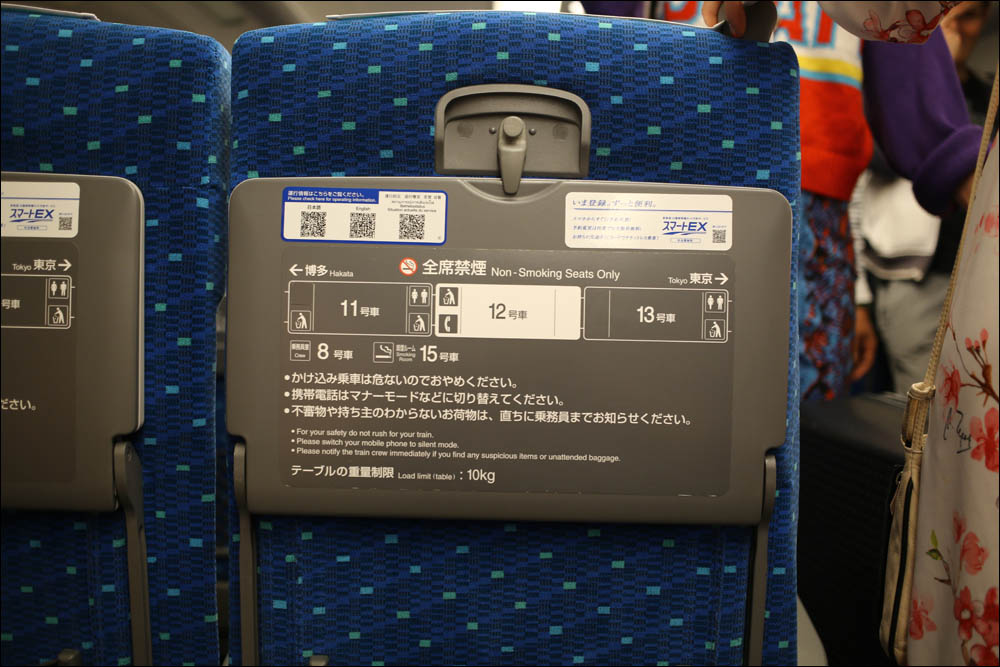
This thing is an umbrella holder.
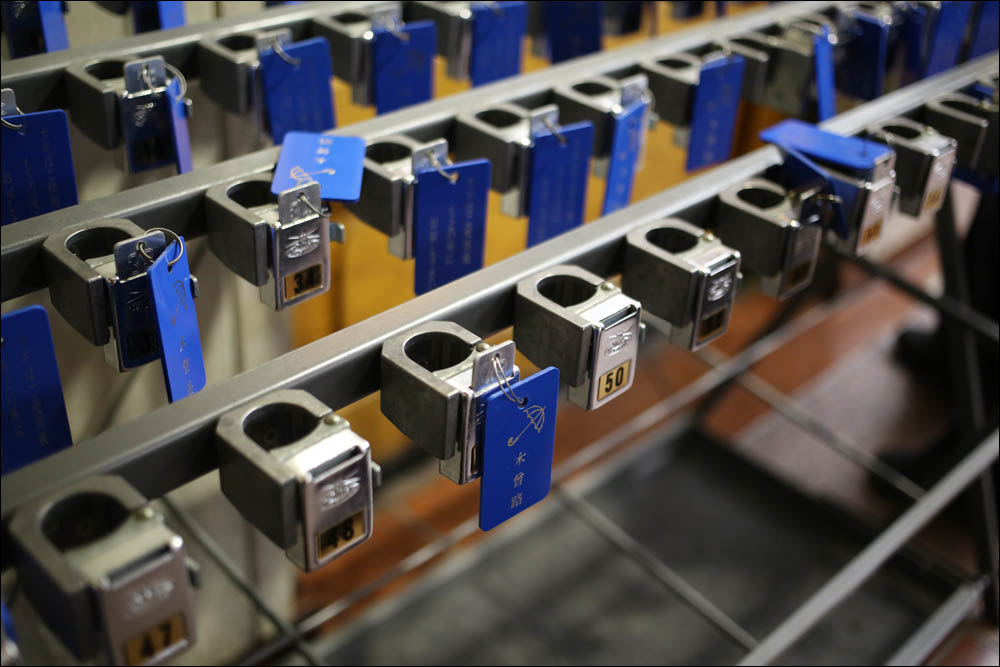
A little display grocery. The portholes are made in bags of rice:
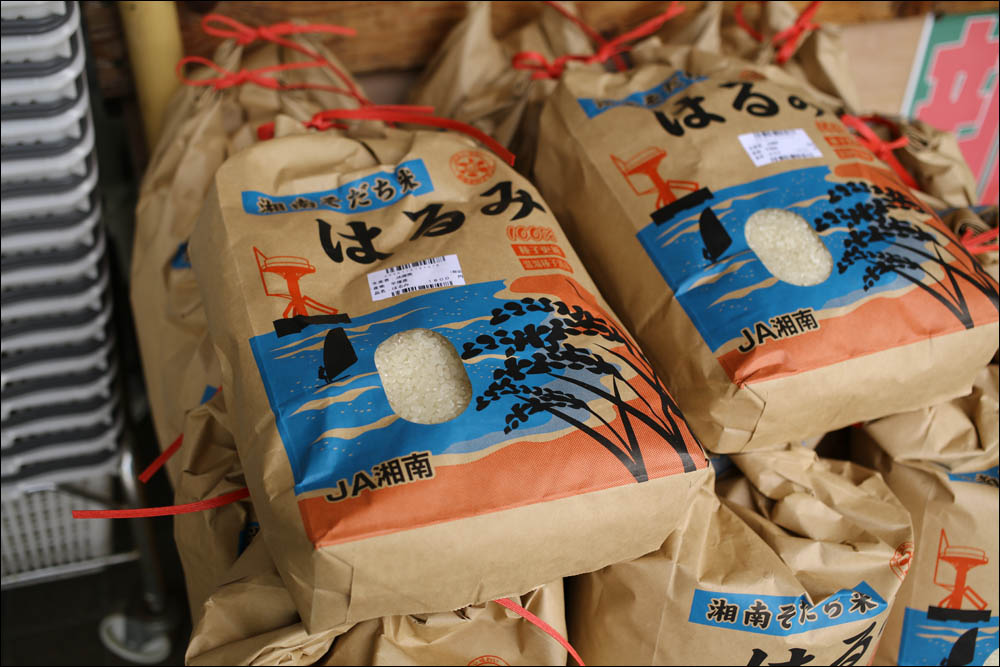
All sweets in the usual display have demo packs, which are dummies. They are provided directly by the supplier, so that people know what is inside. Excellent indication:


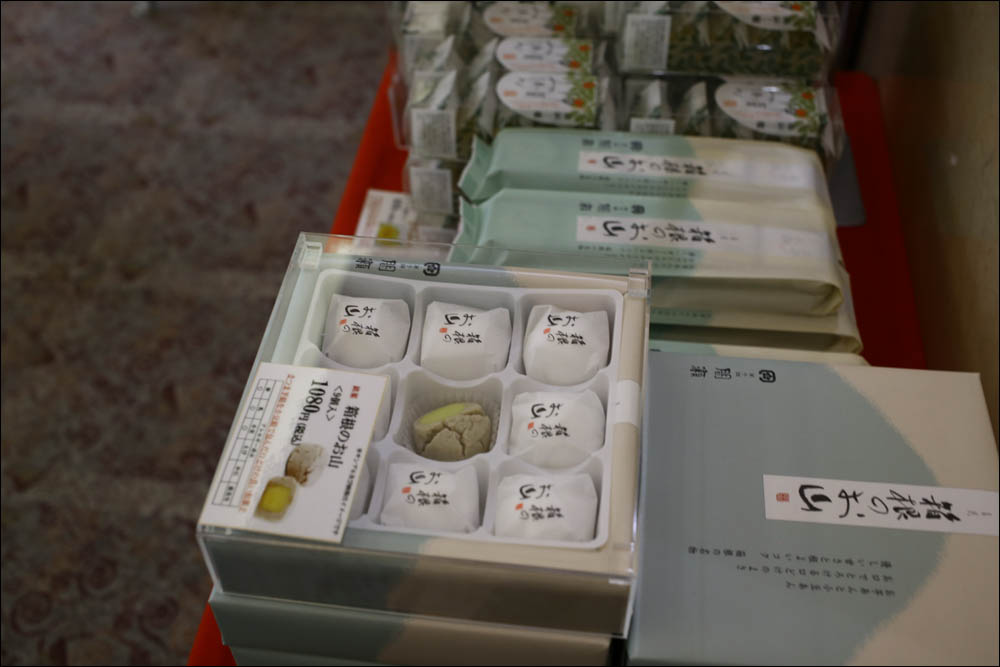
Layouts of dishes with prices in the storefront instead of the menu. More precisely, the menu will also give, but these things are much easier to order. With such models, there are even entire shops . There you can buy another brooch for the head with fried eggs or a tangerine keychain:

But the holiday packages. It is not clear at first what kind of store, but come closer - sweets. They are open, but just coming look like green dumplings:
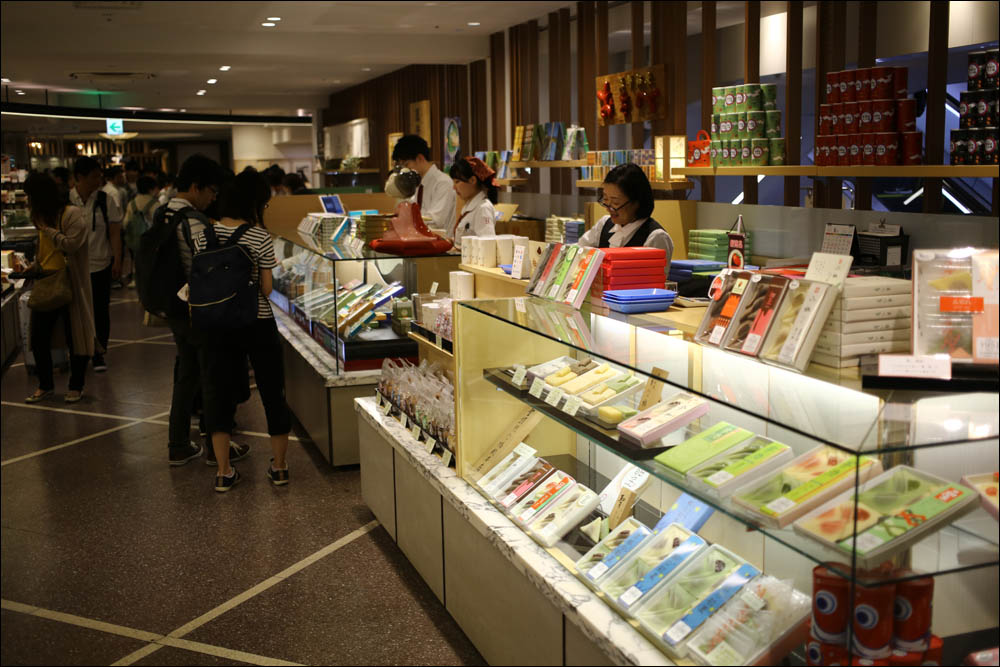
And in the menu of the zoo, you can eat panda:

This is a very cool thing - probes to sniff. The store sells spices and samples are placed in these small jars that can be opened:
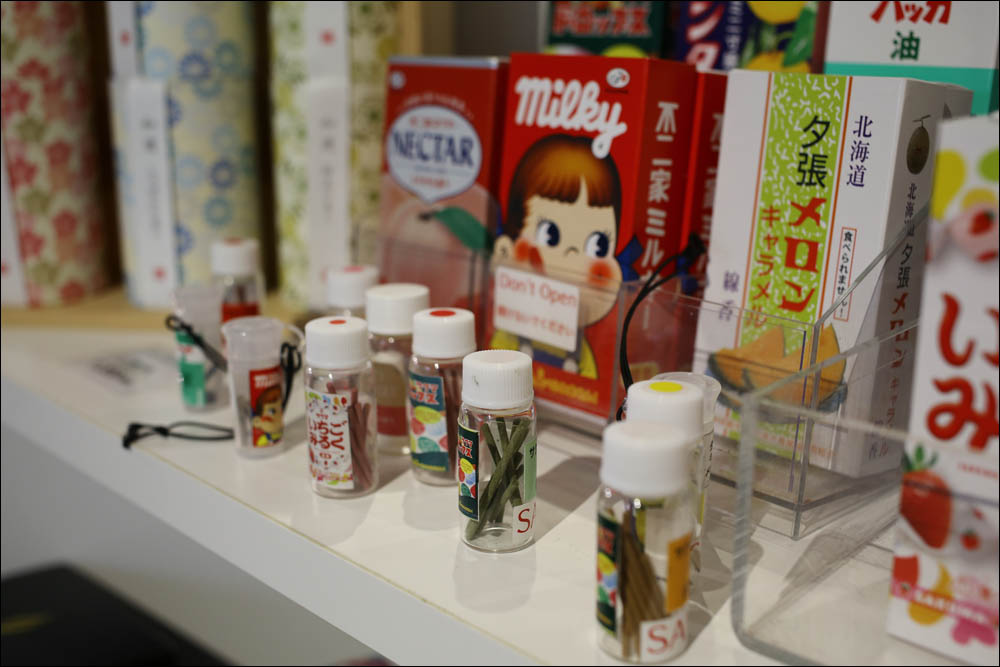
In the grocery there are kettles or thermopots so that you can pour yourself hot water:
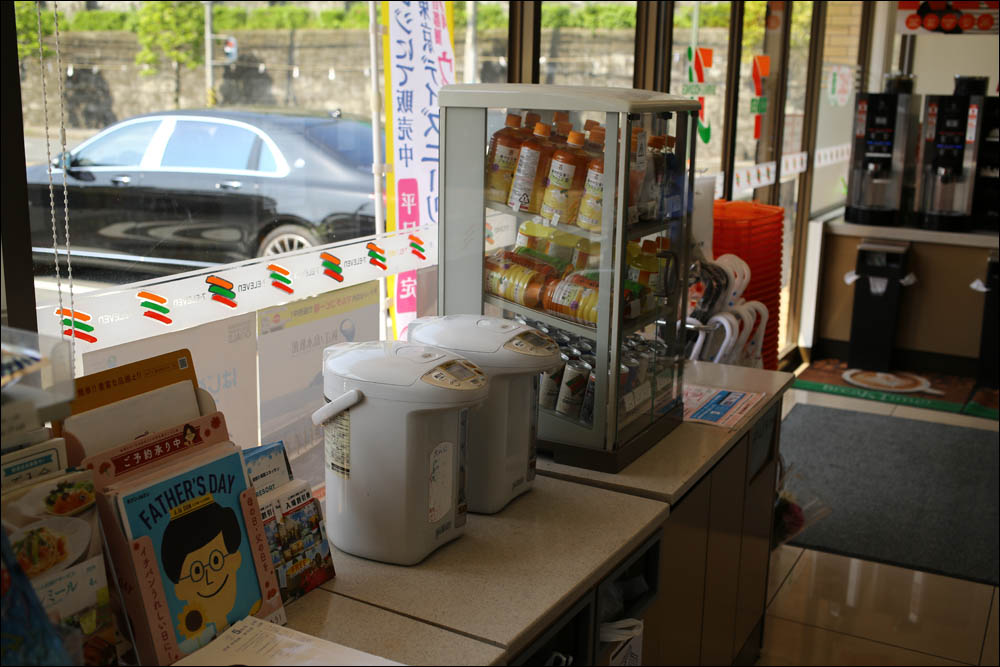
There are strange things in electronics:
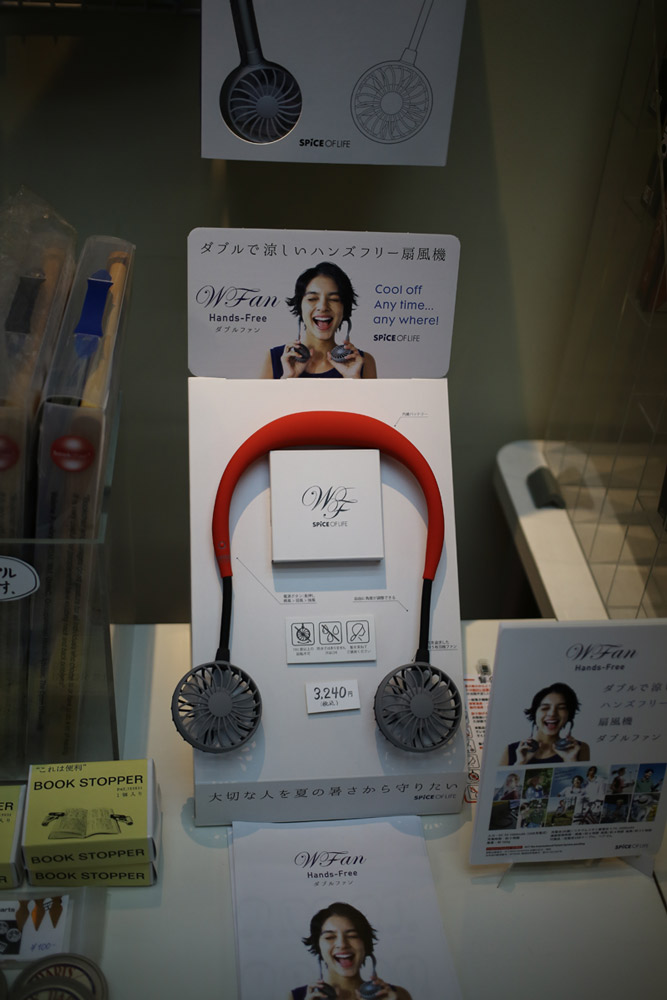
In Moscow a few years ago were popular flycard - postcards with advertising. In Japan, at least in the Hakone region there is a fashion for bookmarks for books with ads. I read the booklet, imbued, left a bookmark with a minimum of data instead of a business card. They are very aesthetic. The only point is that the Japanese are still not aware that foreigners travel without paper books.
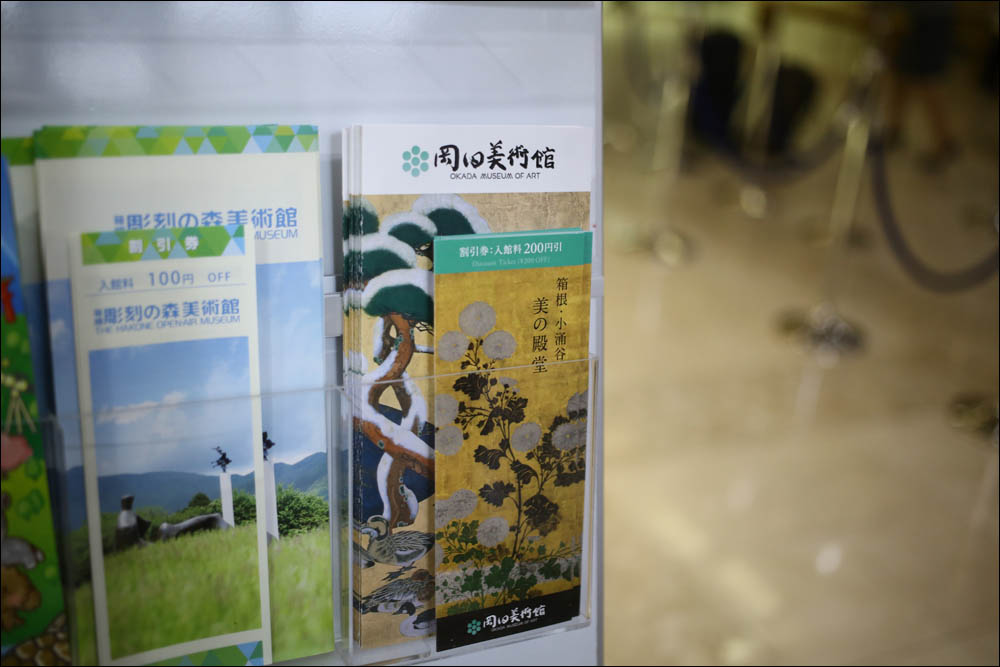
Here the important thing happens in the machine: I just bought a can and the machine plays the second one. It adds nothing to the price, but this particular machine is not on a popular street. Lottery when buying, of course, more Chinese history, but here, it seems, works:

Telephone booths are a bottleneck of evolution. This one in the striving to survive distributes Wi-Fi, has grown a changing table and workplace:

Successful postcard display:

Handles come with a plastic drop that holds the ball:

The thing that absolutely struck me, in the cabinets and under the table in different hotels, flashlights are often attached:
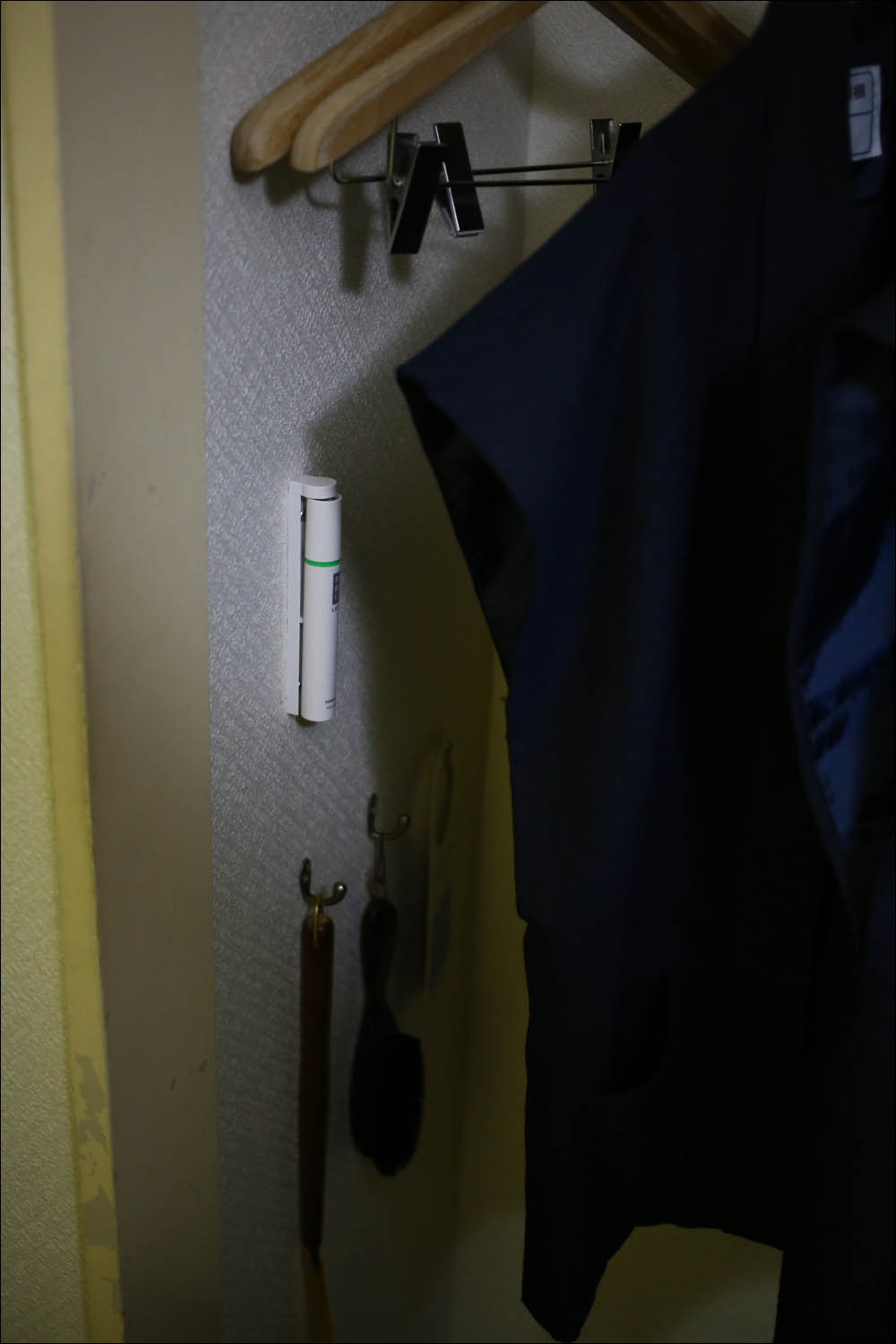
For now. Here is the previous series of interfaces in the real world: the first , second , third , fourth , about China .
For example, you walk around a skyscraper in the city center. And then you raise your head and realize that a restaurant from the ground floor of a skyscraper is growing herbs for itself in a small park nearby:

')
But the thermometer. They are often round, and there is a color indication.

Please note that in this hotel the setting is 20 degrees, and this creates most of the time a comfortable position of the arrow for the perfectionist.
Or a mad care for the blind at the station. Why just braille? You can also make more volumetric scheme to feel. And add buttons with voice references:

Now two elevator improvements. The first is simple and clear - anti-static panel. First touch it, then touch the button. So there will be no spark. Since 2006, I have the habit of pushing these buttons through a sleeve, because it was then that I got used to the fact that in our server room I was always beaten with electricity from the racks.

But much more interesting is this:

Broadcast from the camera in the elevator. It is necessary so that you do not miss each other when you are looking for him, and so that you know what is going on in the elevator. If a lady with a stroller comes a long time - you understand what is happening, for example. It looks like a terrible violation of privacy, but damn convenient.
A shop window, and samples of ordinary goods are taken out into the street:

See how insanely cool the sign is made in this place:

The toilets of the Japanese resemble the cabin of a space cruiser. In the train, everything is easier, all the default settings. But pay attention to the third button:

Here is this thing - reviews. Every interesting person who visited this cafe can write a review under his photo.

Here are more reviews, here without a photo, just people leave:

Here pay attention to the machine. This is a box office. In it, food is chosen, coins or bills are thrown, he gives a token. Already on a token, you can exchange the corresponding piece. That is, the kitchen only cooks, the cashier is not needed. This does not exclude live communication at the outlet, but excludes all the cashier’s liability and increases the reliability of the theft process (although they are unlikely to steal in Japan).

Garbage boxes are displayed not only with icons:

Checkbox for crossing the road with children at a traffic light. Stuck in the traffic light itself.

This thing is one of the attractions for urban vandals. So that you do not scratch “YOU PLUS PLUS AJ = LUBOFF”, put a huge mock ass out of paper, where you can write the same thing. And this is an art object. The same garbage can occur with locks , for example.


Packages with rounded or beveled corners so that nothing rolls in there:

In museums a lot of cool finds. Here you can listen to the sounds of the flight of various insects:

And here are the flowers of this plant. And this, damn it, is already a crazy art object in itself:

Chairs at the airport:

There is a very cool navigation traces:

The entrance with the exit can not be confused exactly:

Next navigation, already distant. It is very convenient to walk around the city and know where important objects are from you:


The city has a five-centimeter navigation dice, showing where the center. It was very convenient for me to look at them when leaving the subway, but I suspect that they have some other important meaning. If someone knows, please share.

Although in some places navigation and outdoor advertising are surprising. This is the pillar of the store:

Incredibly cool work with curbs and pavement in general:



Leaves and fallen flowers are almost not removed here. More precisely, not removed from the pavement. And this is crazy cool.

In this toilet there is a place to swaddle the orange child, the green child and correct the makeup.

Panorama of Yokohama city with a screen with an explanation of what and where. Otherwise, how will you figure it out normally, if it's the first time there? Well, at the same time you can show how the city grew from a fishing village to this one.

But the bad interface. If you have allergies, and you do not know how to read Japanese, you Khan in Starbucks.

Everywhere a lot of schemes and sections of buildings. The same is done with the schemes of metro stations (they are multi-level), and everyone is accustomed to read it normally. Before us is not the biggest book.

Always explain the rules of the game. This is a book cafe, the toughest rules to find. Roughly, but definitely:

Time is calculated on the 26-hour scale as in our old TV programs. That is, if it refers to the evening of today, then it is 25:30, for example. And if in context it is more appropriate to say the next morning, then 1:30. Note the user explanation on the bus schedule from the hotel above and exact from 00:10 below.

Near each carriage, arrows are drawn for the exit and the place where to start the queues for those who enter. The Japanese are built in line and waiting for the train. The train comes millimeter-to-millimeter, people get off, two lines on either side come in.

At the station, of course, there are designations of wagon numbers:

And in the train itself is very cool navigation for blocks of cars:

This thing is an umbrella holder.

A little display grocery. The portholes are made in bags of rice:

All sweets in the usual display have demo packs, which are dummies. They are provided directly by the supplier, so that people know what is inside. Excellent indication:



Layouts of dishes with prices in the storefront instead of the menu. More precisely, the menu will also give, but these things are much easier to order. With such models, there are even entire shops . There you can buy another brooch for the head with fried eggs or a tangerine keychain:

But the holiday packages. It is not clear at first what kind of store, but come closer - sweets. They are open, but just coming look like green dumplings:

And in the menu of the zoo, you can eat panda:

This is a very cool thing - probes to sniff. The store sells spices and samples are placed in these small jars that can be opened:

In the grocery there are kettles or thermopots so that you can pour yourself hot water:

There are strange things in electronics:

In Moscow a few years ago were popular flycard - postcards with advertising. In Japan, at least in the Hakone region there is a fashion for bookmarks for books with ads. I read the booklet, imbued, left a bookmark with a minimum of data instead of a business card. They are very aesthetic. The only point is that the Japanese are still not aware that foreigners travel without paper books.

Here the important thing happens in the machine: I just bought a can and the machine plays the second one. It adds nothing to the price, but this particular machine is not on a popular street. Lottery when buying, of course, more Chinese history, but here, it seems, works:

Telephone booths are a bottleneck of evolution. This one in the striving to survive distributes Wi-Fi, has grown a changing table and workplace:

Successful postcard display:

Handles come with a plastic drop that holds the ball:

The thing that absolutely struck me, in the cabinets and under the table in different hotels, flashlights are often attached:

For now. Here is the previous series of interfaces in the real world: the first , second , third , fourth , about China .
Source: https://habr.com/ru/post/459128/
All Articles